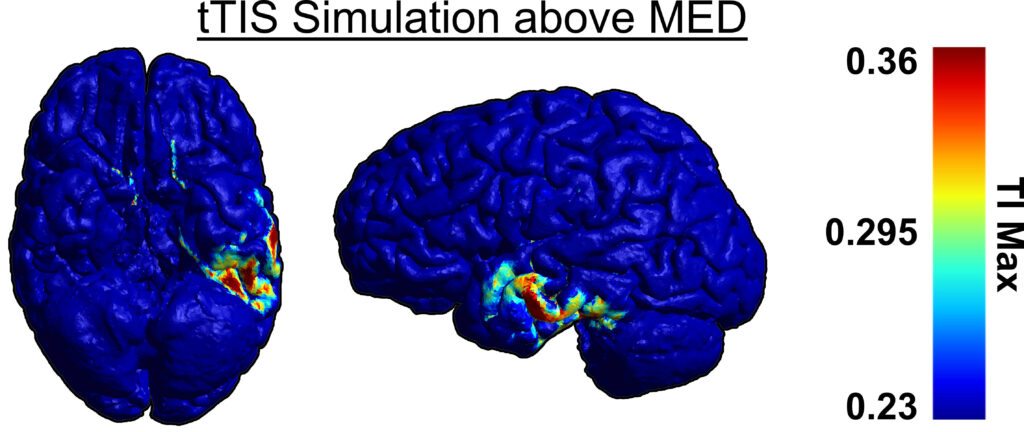Frontiers in Human Neuroscience
学術研究員のダニエル・ギャラガーさん、修士2年の黄子安さん、太田の共著論文が、Frontiers in Human Neuroscienceに掲載されました(九州大学からのプレスリリース)。先天性の読み書き障害である発達性ディスレクシアに関わる脳のメカニズムを解明するために、MRIで測定した脳の機能と構造から発達性ディスレクシアのサブタイプをデータ駆動で分類し、それぞれのサブタイプに関わる脳活動を「経頭蓋時間干渉刺激」で安全に変化させる新手法を提案しました。
プレスリリース本文はこちら

Gallagher, D., Huang, Z., Ohta, S., “Modeling dyslexia in neurotypical adults by combining neuroimaging and neuromodulation techniques: a hypothesis paper,” Frontiers in Human Neuroscience, 19, 1651332, 2025. doi:10.3389/fnhum.2025.1651332
Abstract: Dyslexia is a prevalent developmental disorder marked by deficits in literacy skills. Given that the core deficits of dyslexia are uniquely human, animal models have not been as useful in dyslexia research as they have been in other areas of research. While significant progress has been made through behavioral and neuroimaging studies, a viable model could facilitate controlled investigations into the neural mechanisms underlying dyslexia and accelerate the development of targeted interventions. In this hypothesis article, we propose a two-pronged approach to model dyslexia in neurotypical adults using neuroimaging and neuromodulation techniques. First, we propose using functional and structural MRI data to cluster individuals into neuropathologically derived subgroups in order to facilitate the classification of dyslexia subtypes based on neuropathological characteristics. Second, we propose employing transcranial temporal interference stimulation (tTIS) to temporarily downregulate activity in brain regions specified in the clustering analysis, inducing subtype-specific dyslexic symptoms in neurotypical individuals. This approach enables the establishment of causal or probabilistic relationships between neuropathologies and dyslexia subtypes, while at the same time creating dyslexia models to facilitate investigation into subtype-specific interventions. Although this model is somewhat limited by the transient nature of neuromodulation as well as by the use of healthy adults to model a developmental disorder whose symptoms first arise in childhood, it is a meaningful step towards refining our understanding of the neural basis of dyslexia subtypes and it opens the door to novel and effective therapies. By integrating neuroimaging and neuromodulation, we hope to offer a viable substitute for animal models in dyslexia and accelerate the development of personalized therapeutic strategies for dyslexia.

